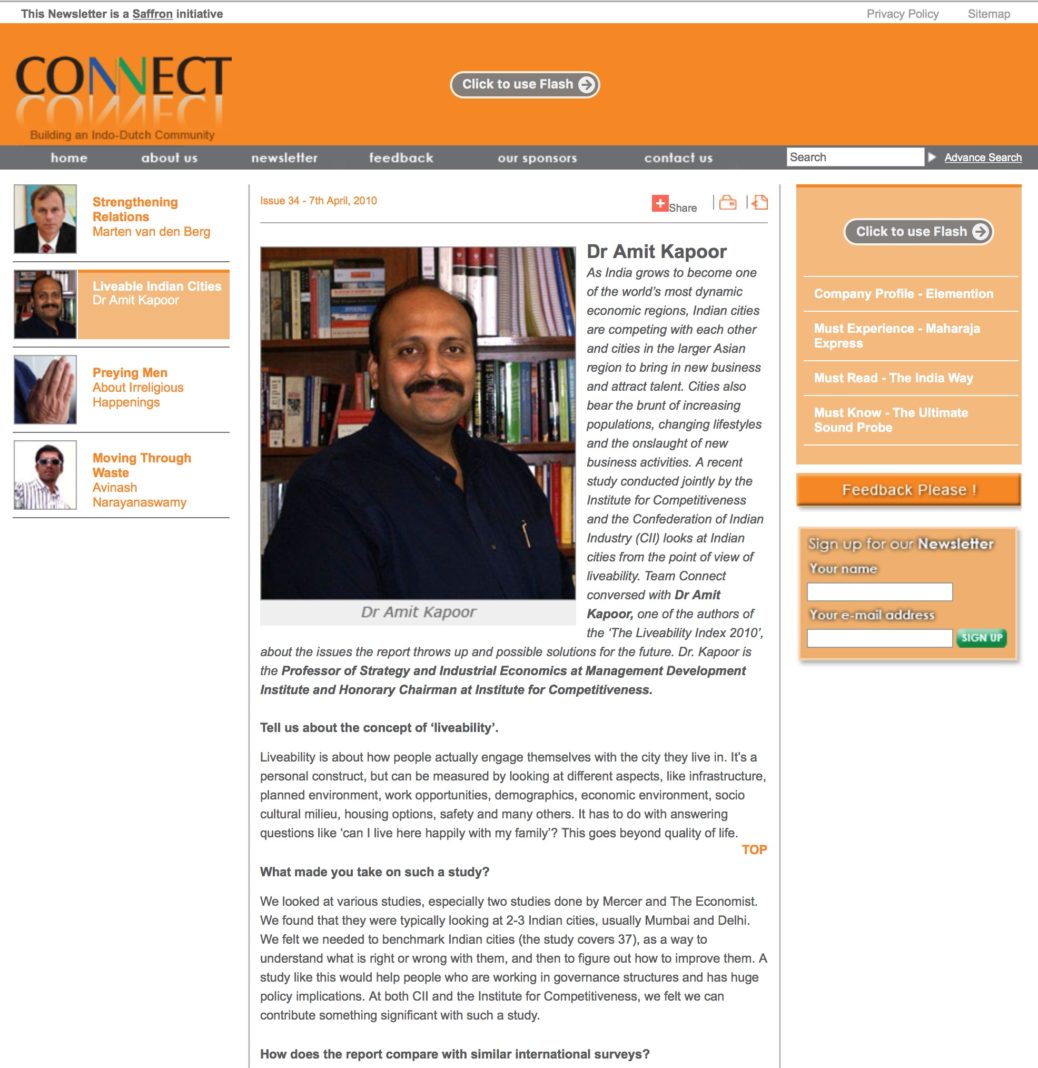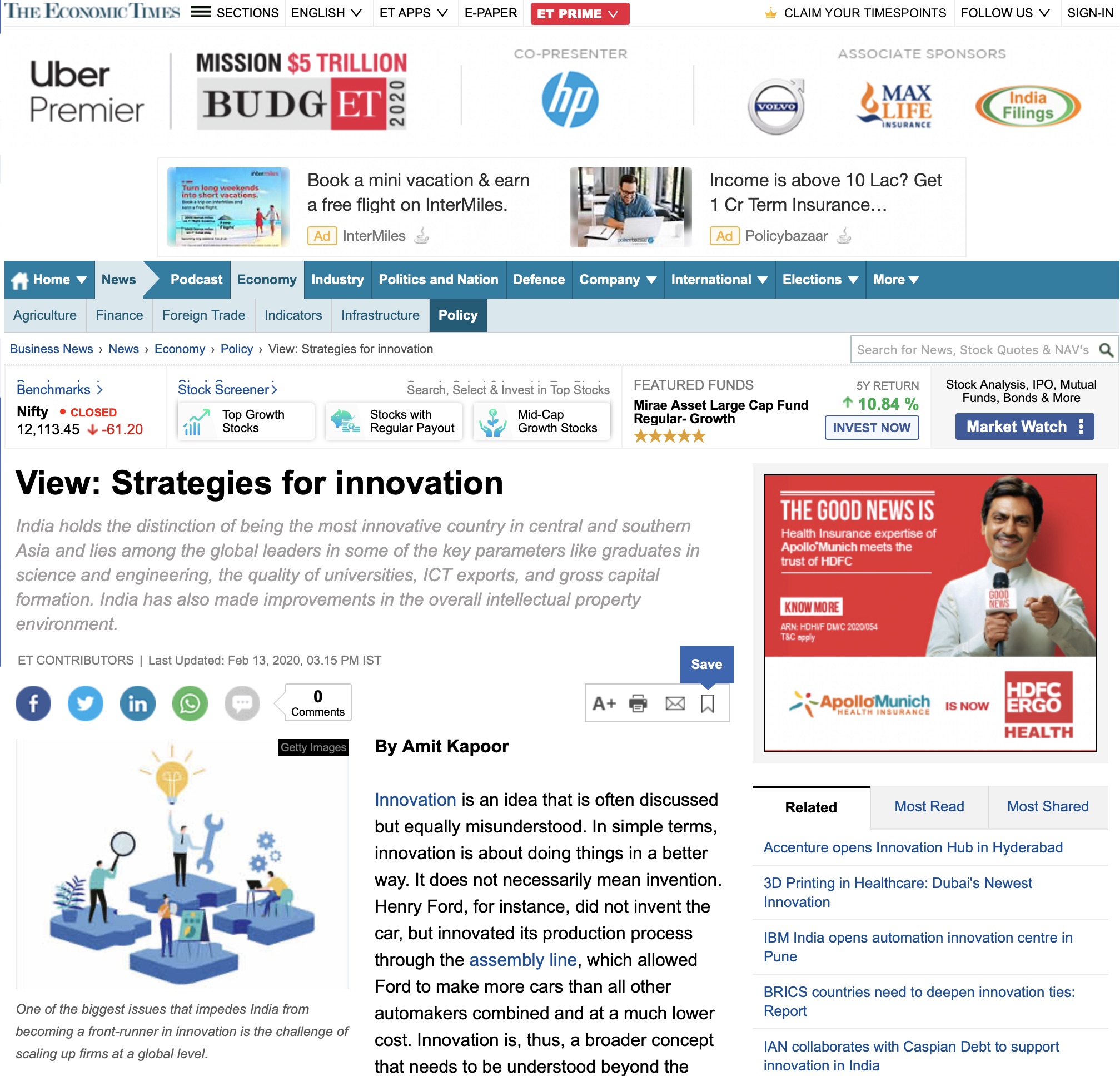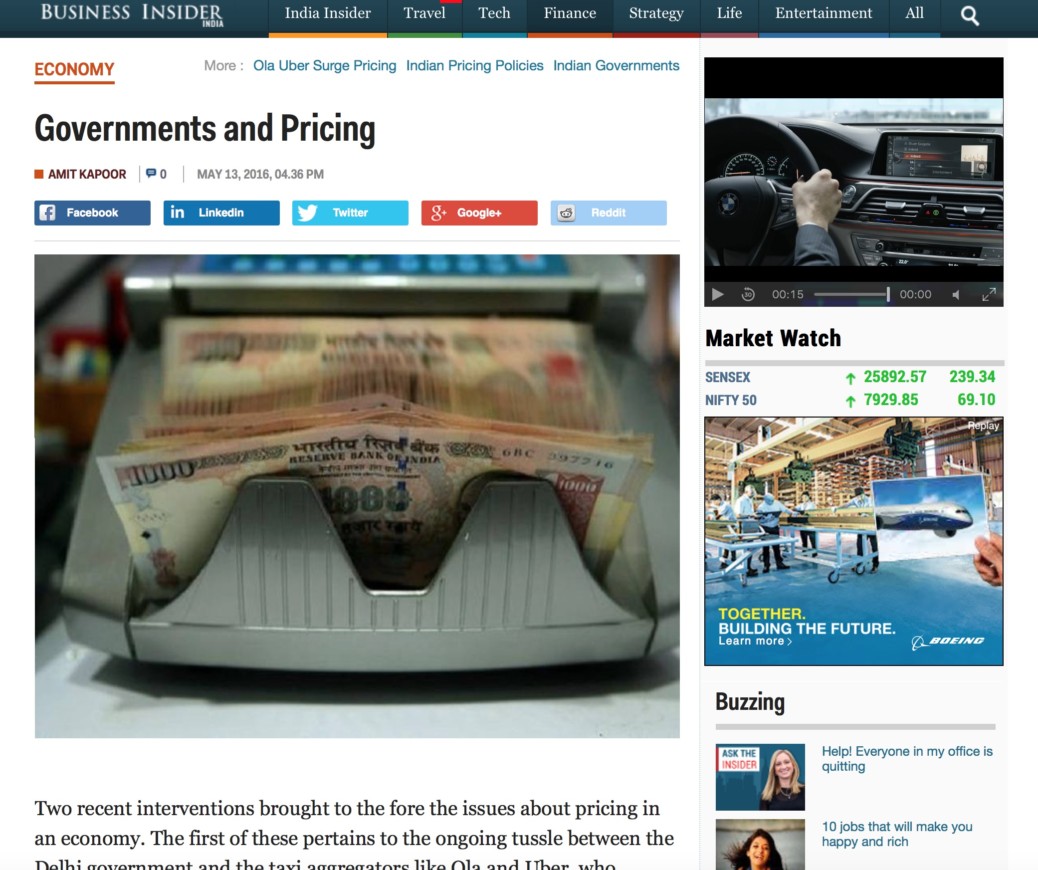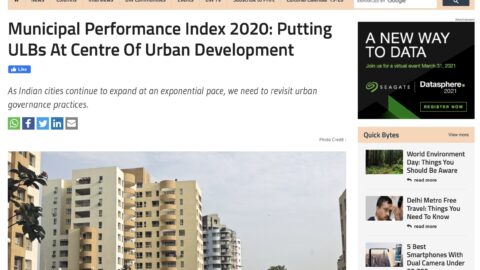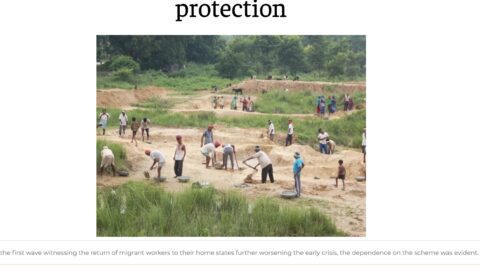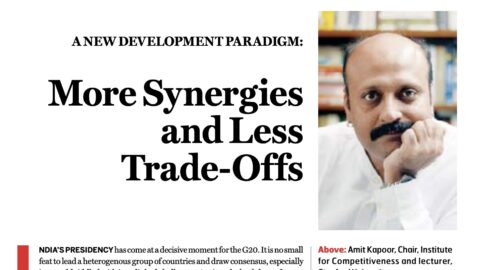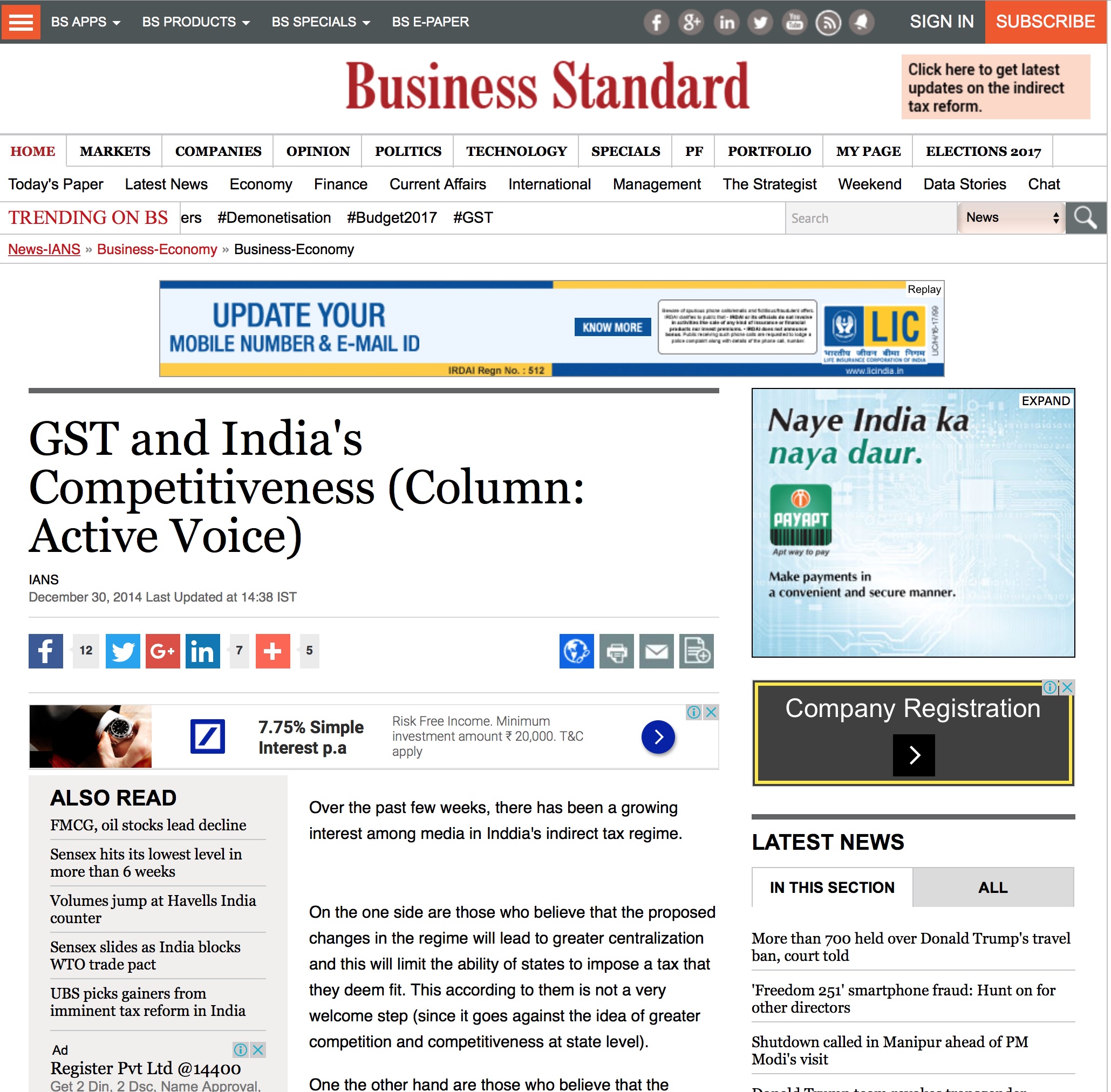Dr Amit Kapoor
As India grows to become one of the world’s most dynamic economic regions, Indian cities are competing with each other and cities in the larger Asian region to bring in new business and attract talent. Cities also bear the brunt of increasing populations, changing lifestyles and the onslaught of new business activities. A recent study conducted jointly by the Institute for Competitiveness and the Confederation of Indian Industry (CII) looks at Indian cities from the point of view of liveability. Team Connect conversed with Dr Amit Kapoor, one of the authors of the ‘The Liveability Index 2010’, about the issues the report throws up and possible solutions for the future. Dr. Kapoor is the Professor of Strategy and Industrial Economics at Management Development Institute and Honorary Chairman at Institute for Competitiveness.
Tell us about the concept of ‘liveability’.
Liveability is about how people actually engage themselves with the city they live in. It’s a personal construct, but can be measured by looking at different aspects, like infrastructure, planned environment, work opportunities, demographics, economic environment, socio cultural milieu, housing options, safety and many others. It has to do with answering questions like ‘can I live here happily with my family’? This goes beyond quality of life.
One major difference is that we’re looking at hard data and not perceptions. Most quality-of-life studies are too dependent on perceptions. If I am born in a city, I like it no matter what and I am biased. We felt we needed to do away with this bias. We looked at hard, published government data. For example, for safety, we looked at the number of accidents, crime incidents reported, etc.
In the West, reports such as these are often used to take decisions about relocating at a personal level. Also, from a foreign investment perspective, does a study like this go on to become a location selector for foreign companies?
Yes, at a personal level, it may be aspirational to locate to a city that figures high on the Liveability Index. For companies, however, there is a need to go beyond liveability. Competitiveness is a far deeper construct, built further on liveability. Every business has to analyse its needs and find a location where they are most competitive and answer questions like ‘What location is going to give me the chance of becoming more productive?’ or ‘For every dollar that I invest, what is the return I am getting?’. We talk about four factors—demand conditions, supply and support factors, local context and competition, and access to high quality business inputs—formally known as Porter’s Diamond model for our analysis to help companies take location decisions. It’s a very well grounded and quick process.
The report identifies urban policy and infrastructure as main problem areas. How do we bridge the gaps there?
We should look at the urban design function in cities quite closely. Issues like crowding and accessibility need to be looked at. We have to make people move towards public transport. The city has to get public-private models that are comfortable. We need to find smart ways of solving existing problems, using technology for example. We need to talk about issues like walkability, for instance, as a part of integrated transport. Right now, there is some hope, as local and state governments are becoming more aware.
The Institute for Competitiveness is involved in projects where urban transportation is being looked at to build integrated mobility and transportation mechanisms. We’re organising the Asia Competitiveness Forum later this month, where we have 50-60 transportation experts coming in to talk about transport and solving problems specific to mobility.
What can city-level governments do with the information from your report? How responsive is the government to suggestions and criticism on urban governance, infrastructure and other issues?
This varies from city to city. Some cities in India are listening, there are public-private partnerships happening. In Chennai, there is something called City Connect, where the city and private sector are working on specific projects. On the other hand, there are cities that will say ‘we’re great on quality of life and we don’t want to accept the report’. You can’t do that. You have to constantly analyse the situation and work at improving it. Mindsets need to change to create more liveable cities. The challenge is to create societies that are more inclusive.
Looking at it from a company’s perspective, a poorly planned urban area means a huge productivity loss. As the total number of hours one spends on the roads increases, one keeps losing productivity. Governments and cities need to look at that.
You also speak about the branding of cities. What is the merit in that? How would you brand some of the cities in India?
Cities in India are competing for the same business against each other and against cities in Malaysia, Indonesia, Vietnam, etc. Cities need not all pursue the same focus. There is a need to discover what is the uniqueness for my city.
In India right now, we’re all getting a bit obsessed with IT. Chandigarh, Trivandrum, Pune and many others want to become IT hubs. Why is that necessary? Everyone thinks IT is productive. But productivity can happen in any business. Similarly, there is nothing called a hi-tech industry—every industry can be innovative and hi-tech.
Every city has its own selling point. In my view, Delhi is about business and connecting with the government. Mumbai is for finance, Bangalore and Hyderabad are IT, Pune can be a great education hub. Every city cannot be everything, nor can every city be a BPO or IT hub.
We are being short sighted by not understanding that we can create new centres. Right now, we’re looking at a city that’s doing well and trying to get every industry into that place. There are many examples to look at. Las Vegas created so much prosperity in the middle of the desert. Boston creates immense productivity and value out of being a town focused on education and research. Similarly, the Netherlands became a hub for the flower industry using its logistics expertise. So why can’t we look at things like that?
State governments should look at their cities and look at what they can do with each city in it. Governments have, more and more, started looking at these aspects and chief ministers are increasingly seeing themselves as CEOs. So I see that we are poised for change.
The interview was published on the IndoDutchconnect on April 7, 2010.

